
HAVING A SUSTAINABLE CHRISTMAS
Having a sustainable Christmas
The pressure of rising costs is making living up to expectations, often self-imposed ones, about how Christmas should be done this year, means this may be the time to pause, and rethink how Christmas can look with an eye on sustainability and food resilience.
Christmas Trees
There has been an ongoing debate about the benefits of real or artificial trees. The argument for artificial trees revolves around how many years it is reused for. As well as being manufactured mostly in China, they are made from non-recyclable materials. But if you keep a fake tree for 10
years then the case for them is better, but they will still end up in landfill when they become unusable.
In the Soil Association’s opinion, “a real tree that’s been grown with care is the most sustainable choice for Christmas.” A tree from a Forest Stewardship Council (FSC®) approved source, or one with “Grown In Britain” certification will have been grown on a responsibly managed plantation using a minimal amount of pesticides. If trees are chipped for mulch or composted the that adds to the sustainable credentials. The Soil association even suggest leaving it to decompose in your garden providing bugs with a home and birds with a source of food in the bugs.
.


Christmas Dinner
With an outbreak of Avian Flu causing the culling and quarantining of millions of turkeys and chickens we could be looking at alternatives to the traditional bird. Poultry are the most wasted foods in the UK with 100,000 tonnes being thrown out every year. So, perhaps try something from
the growing range of plant-based meat alternatives?
The good news is that eating traditional Christmas vegetables, potatoes, carrots, parsnips, and the half a billion sprouts we eat each December, all in season in the UK at this time of year. Investigating local farm to fork initiatives means that you are sourcing your food as close to home as possible.
Food Waste
As we mentioned earlier poultry is a very high waste food. This part of a trend that sees nearly a third of all food produced annually go to waste. Planning what you will eat ahead and being realistic about how much food you need can save so much. The bedlam in supermarkets on Christmas Eve when people stock up for the two days, they are closed is one of the less positive aspects of Christmas. Being inventive with how you can use leftovers is easy with plenty of zero waste recipes available online.
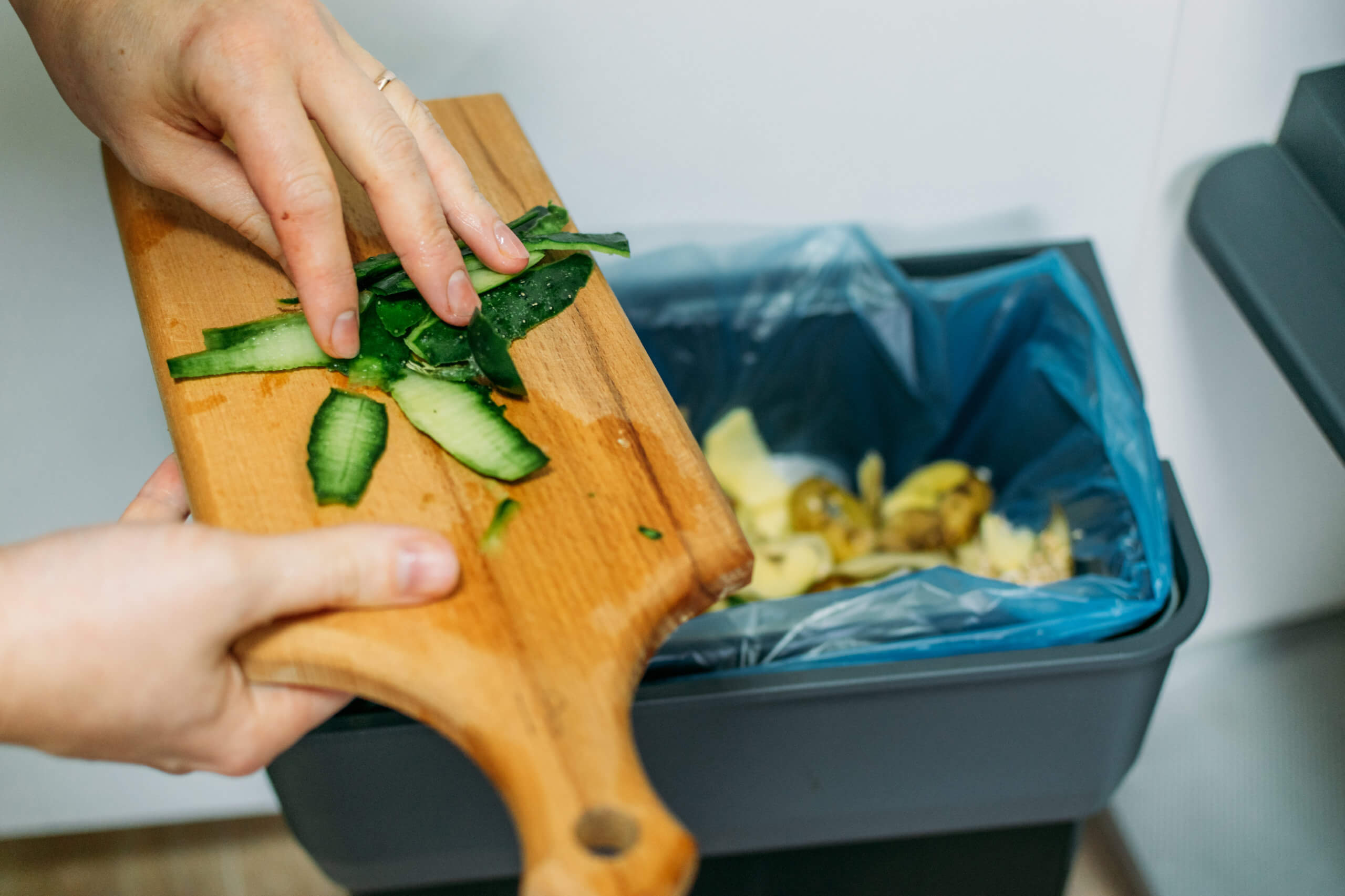

Presents
Supporting local businesses for your gift giving. Or maybe consider planting a tree through the Woodland Trust, or a membership of a nature-based organisation. Much of the wrapping paper we will use in the next few weeks is not recyclable, so consider an alternative material to wrap presents. It’s the shared experience of opening, especially for children, that is often the key part of a Christmas present.
How we can help
Super Motion will be here throughout 2023 to bring you the latest stories and innovations in Agri-Food on our Agri Food Pioneers You Tube channel. Our mission is to deliver powerful stories from the agri-food world that captivate our clients’ audiences.
Book a strategy call with us today to learn more about how video can communicate your story effectively
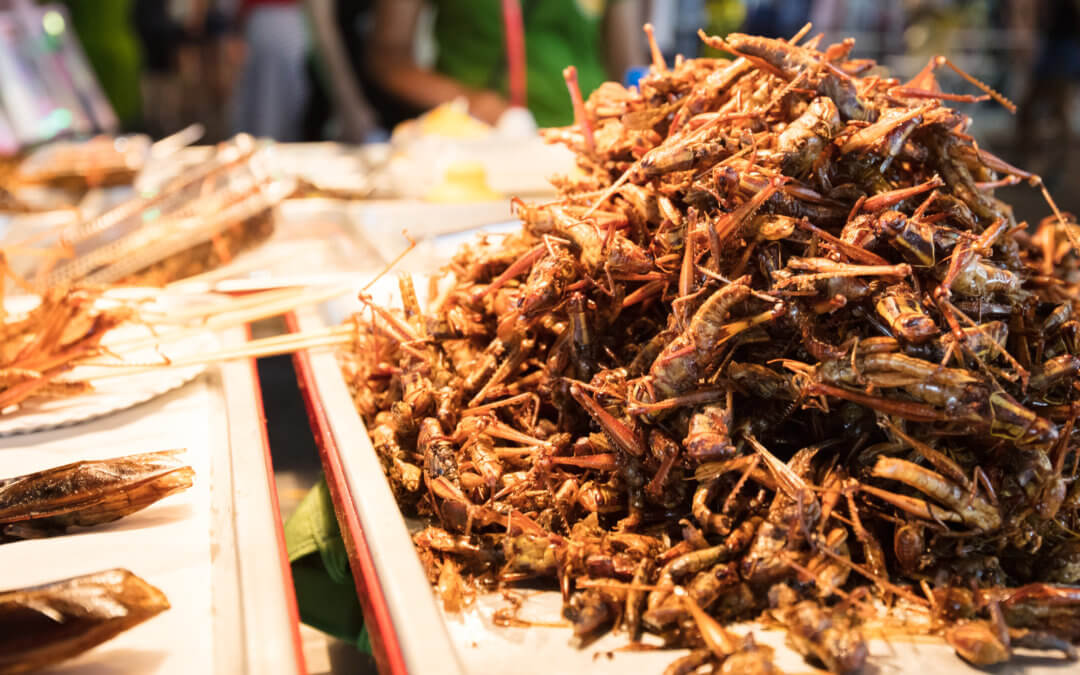
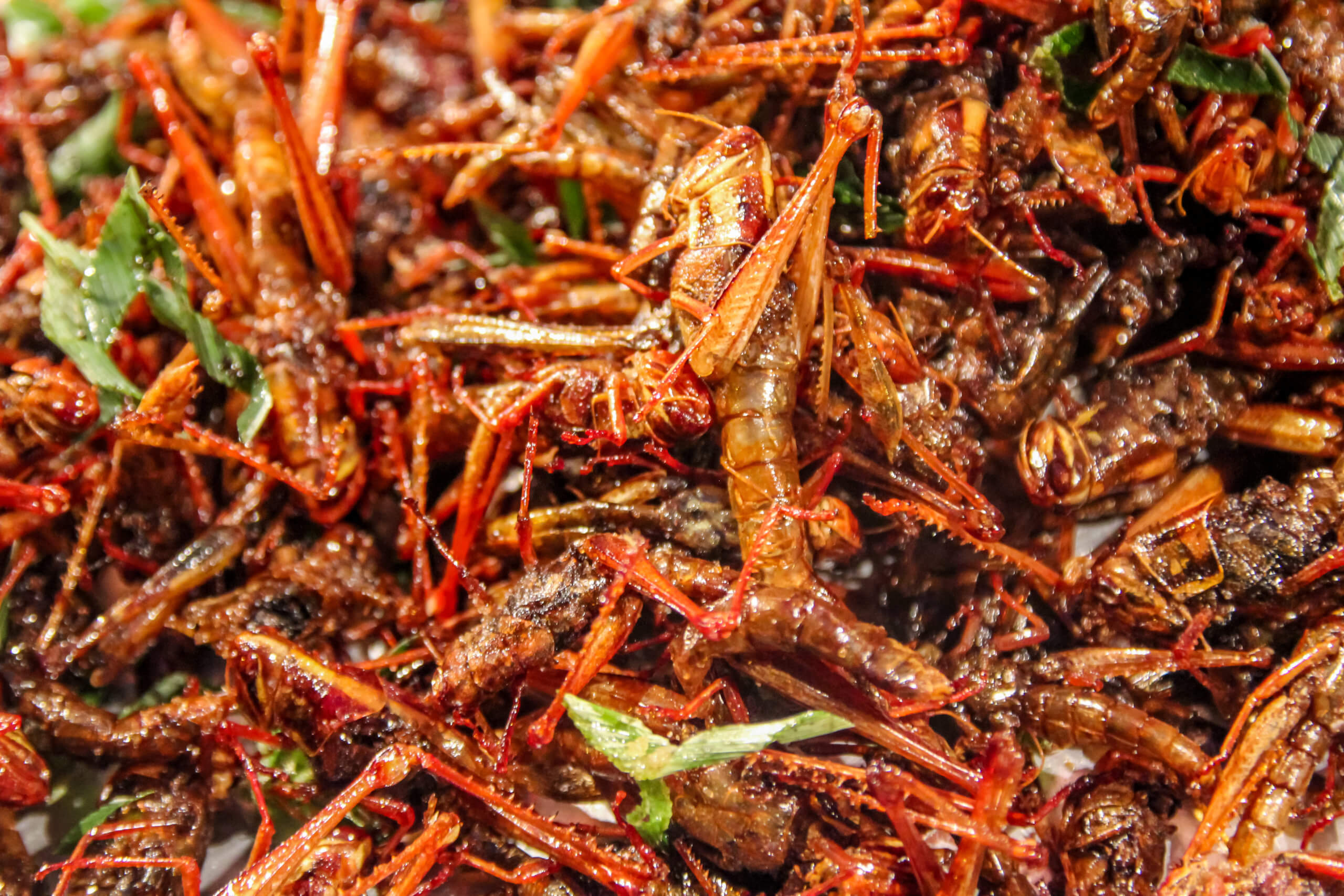


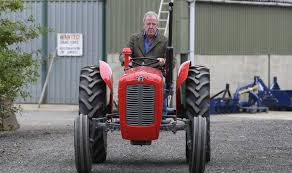
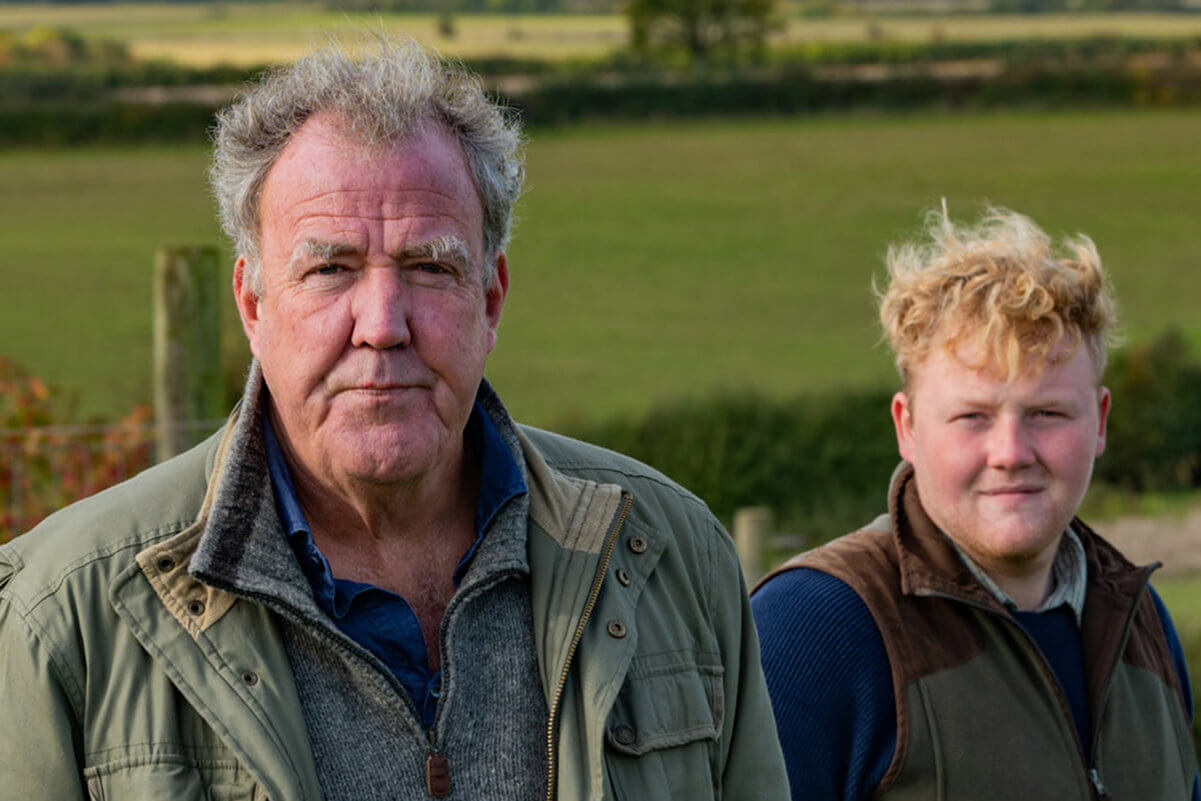
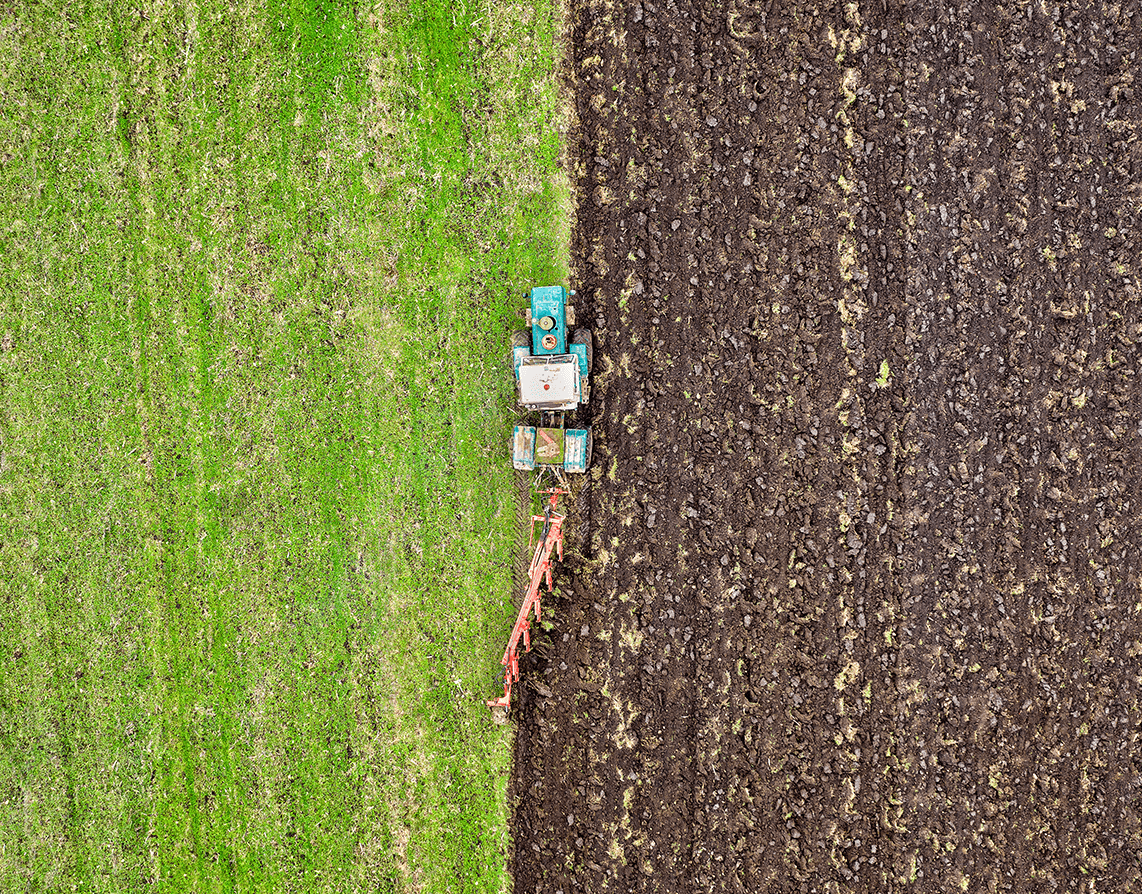
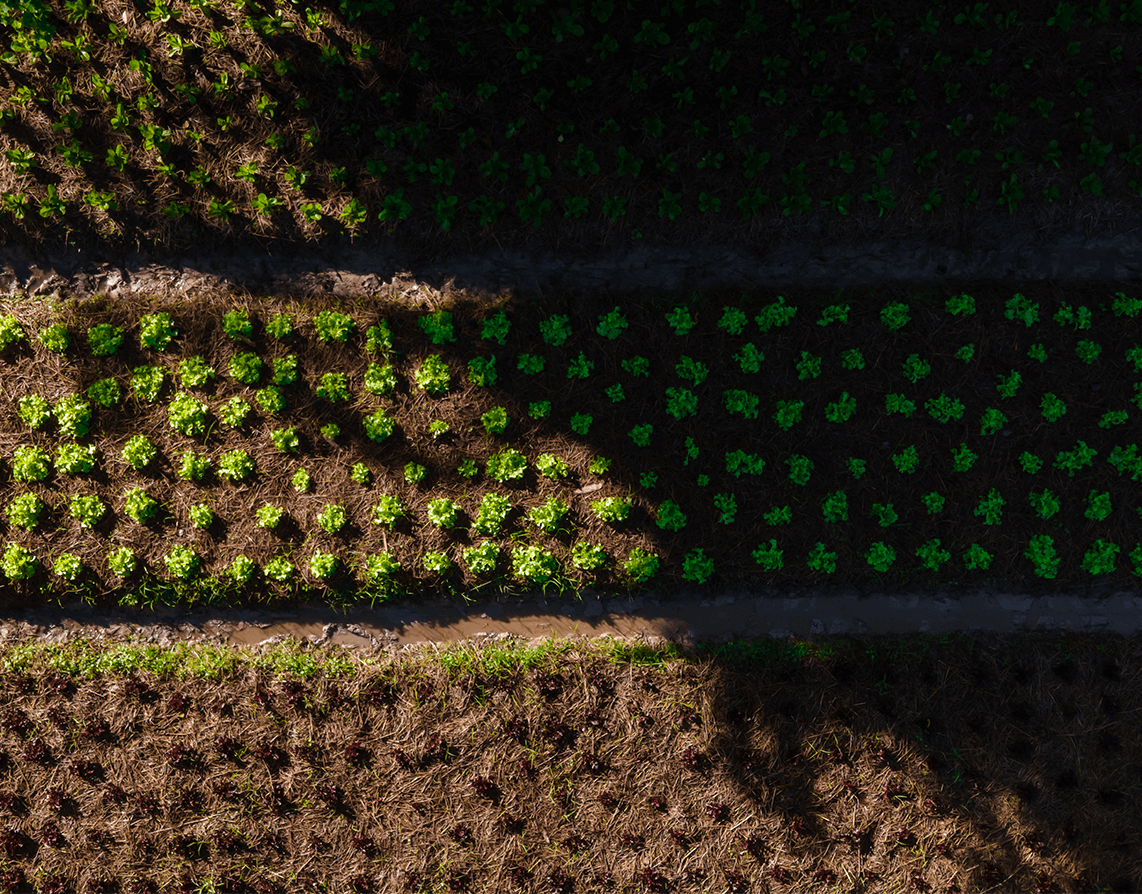


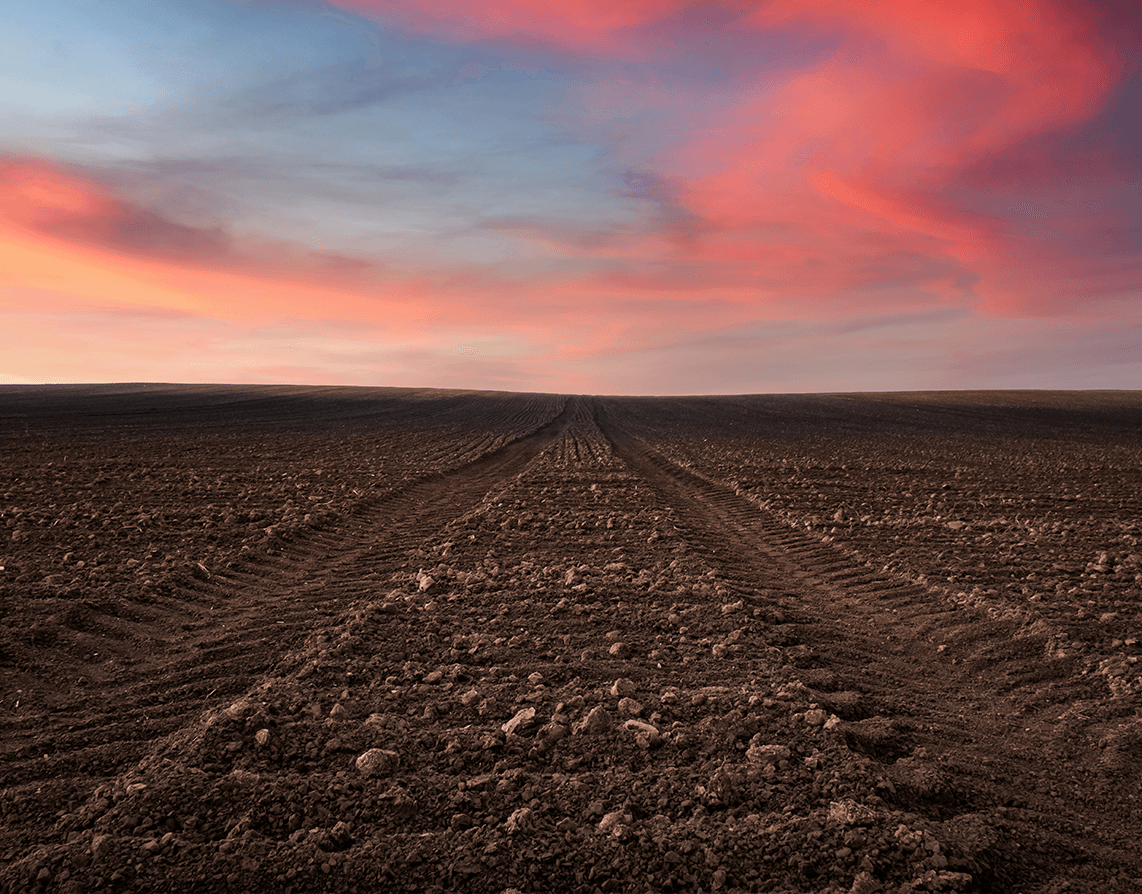

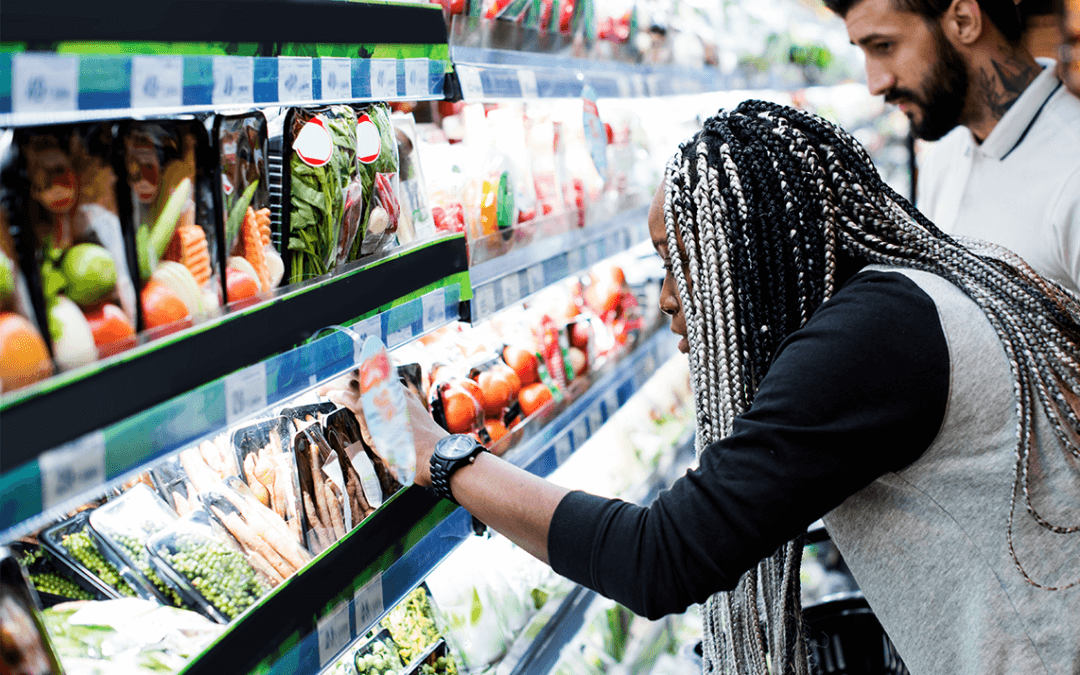

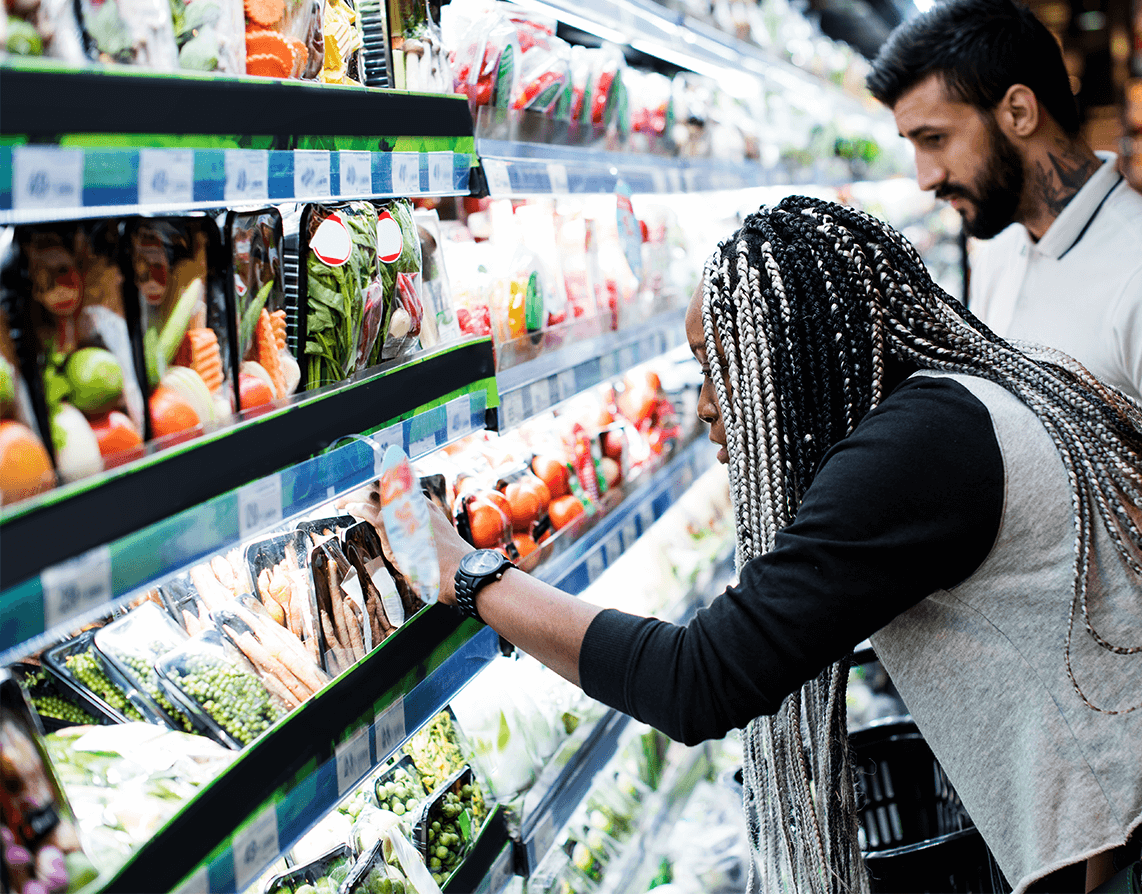



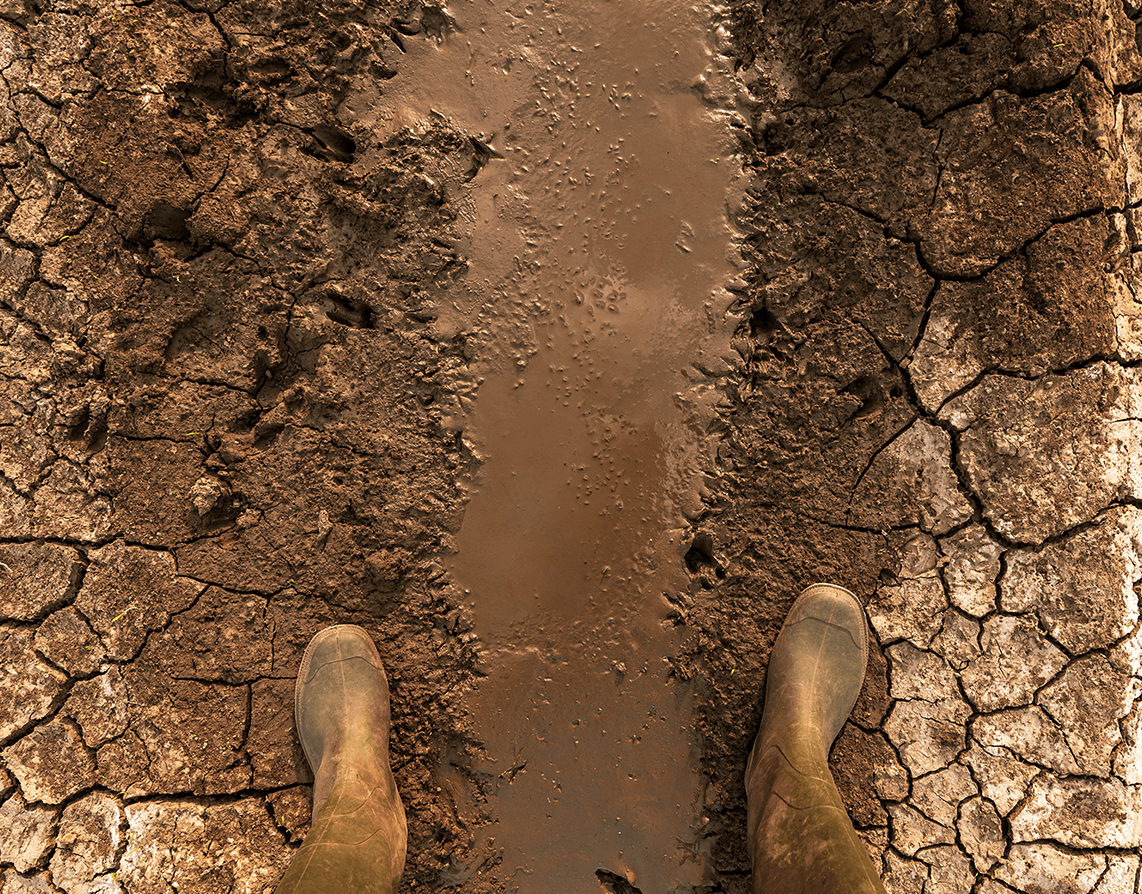
Recent Comments